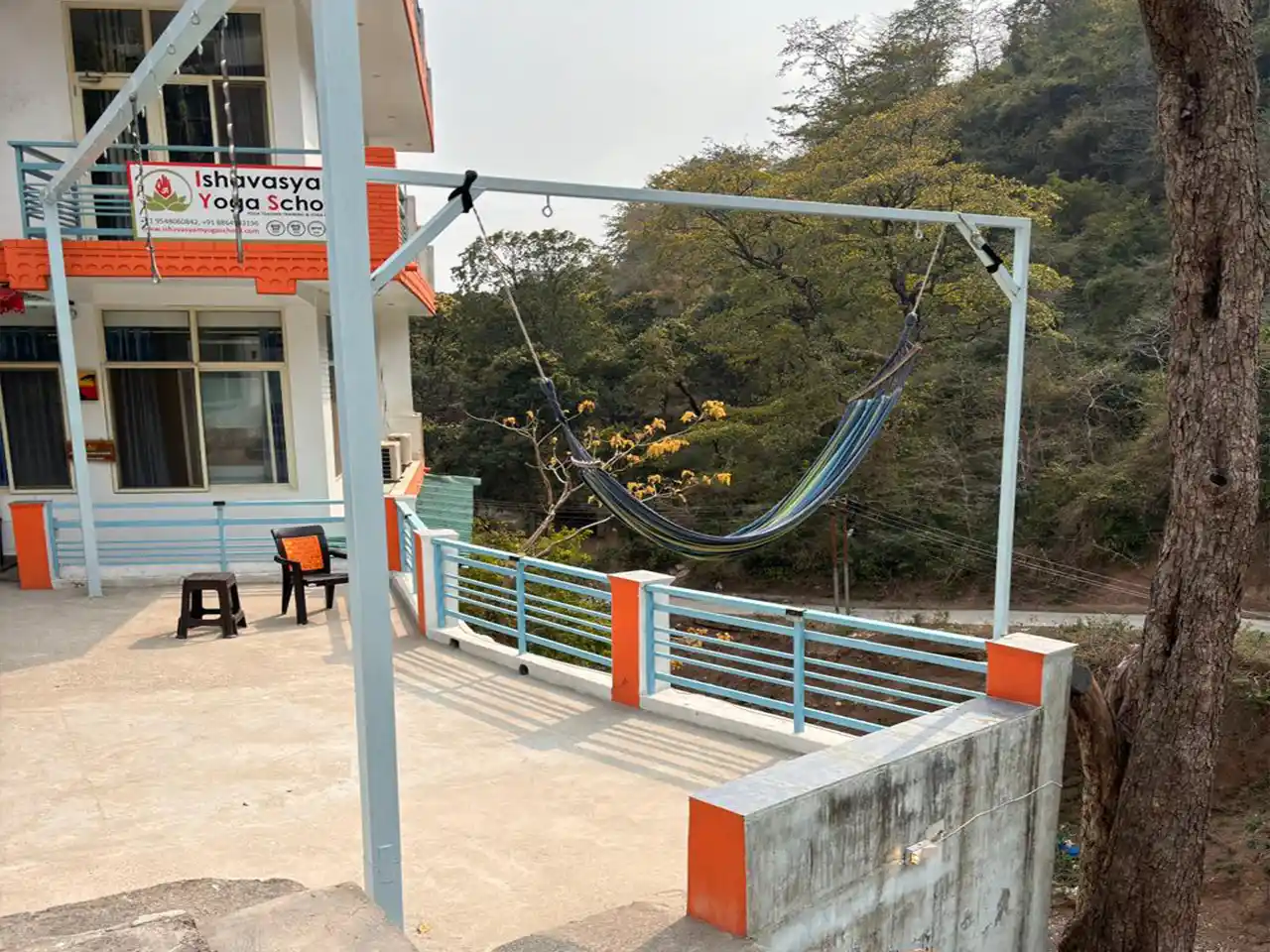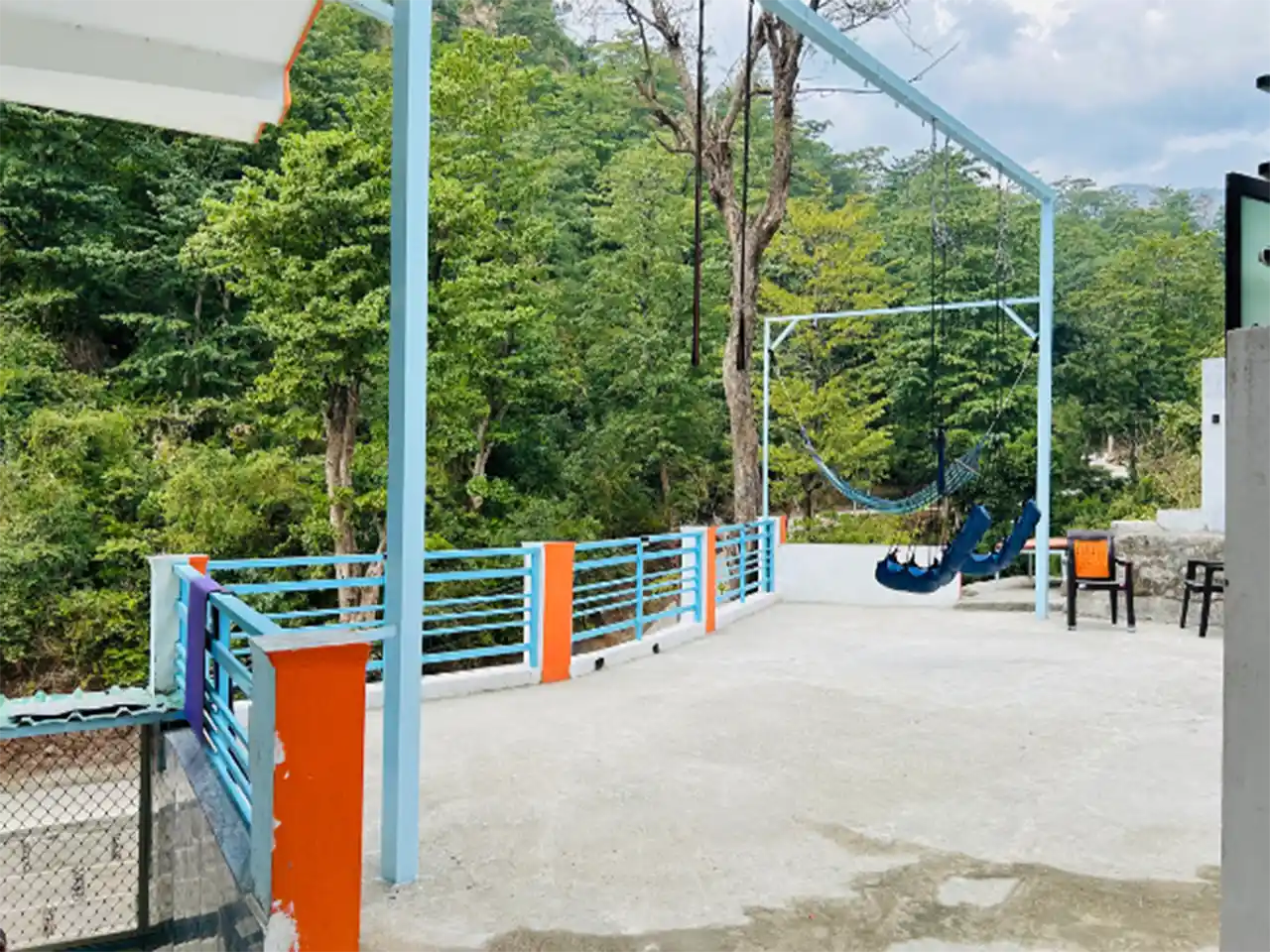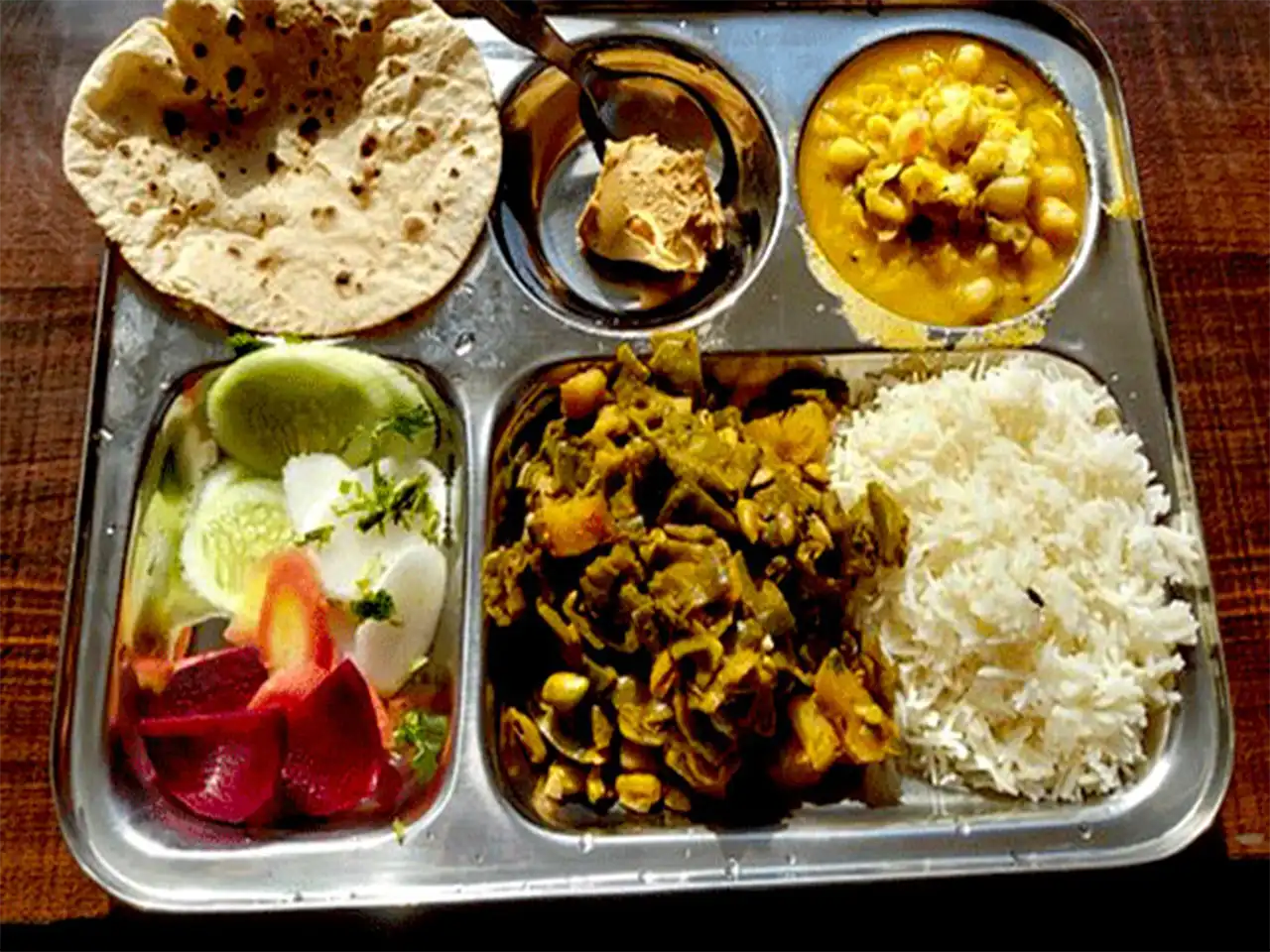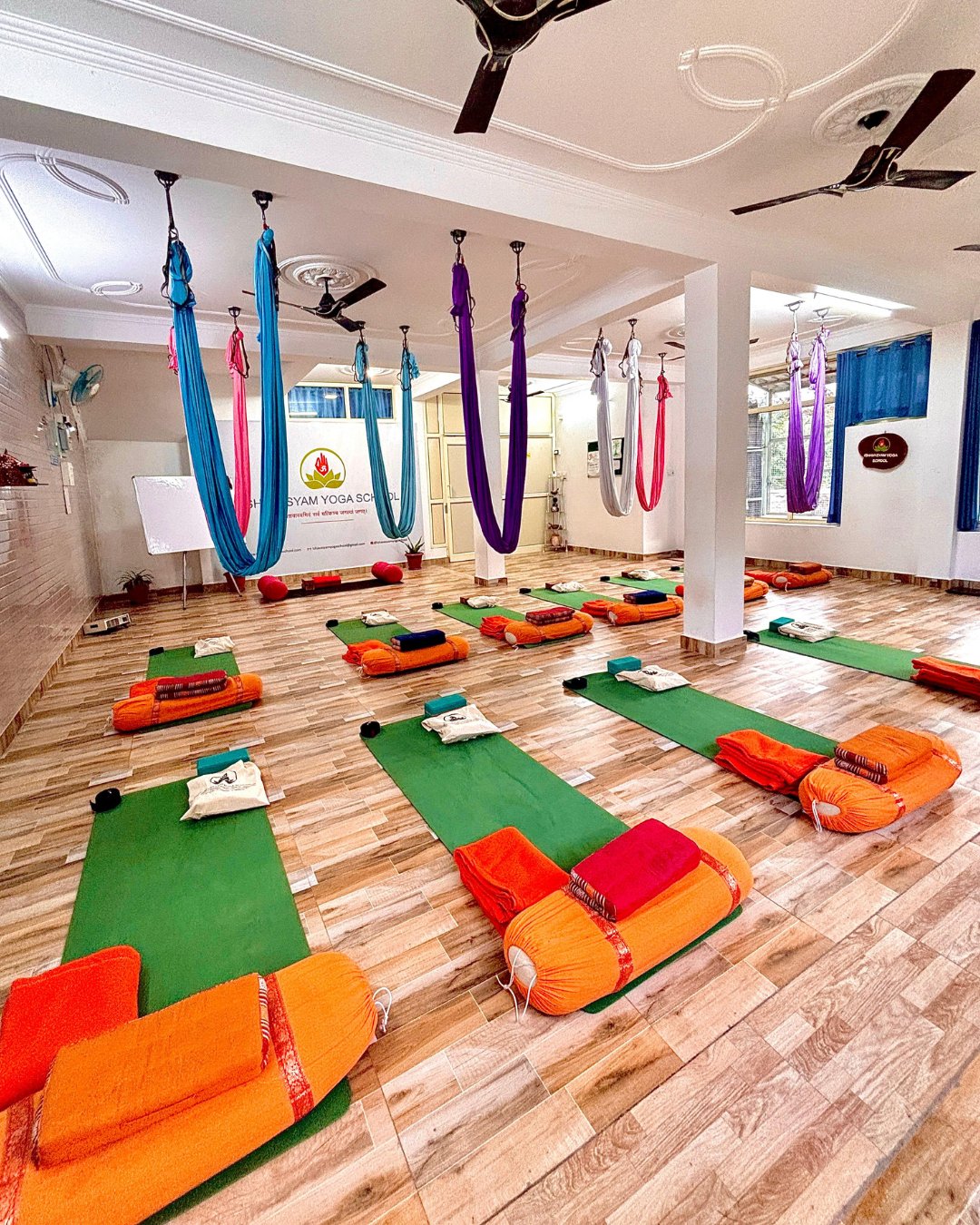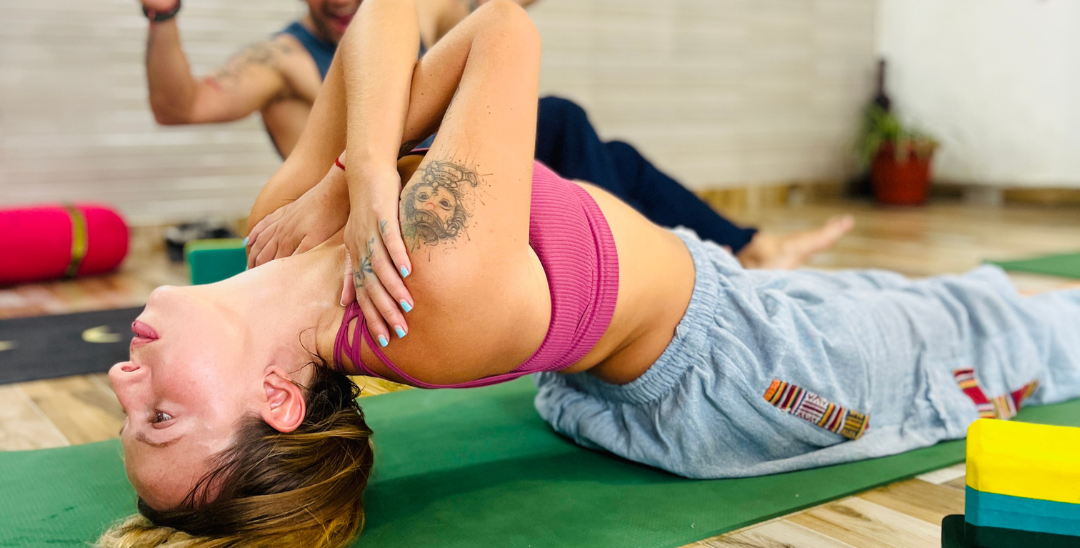
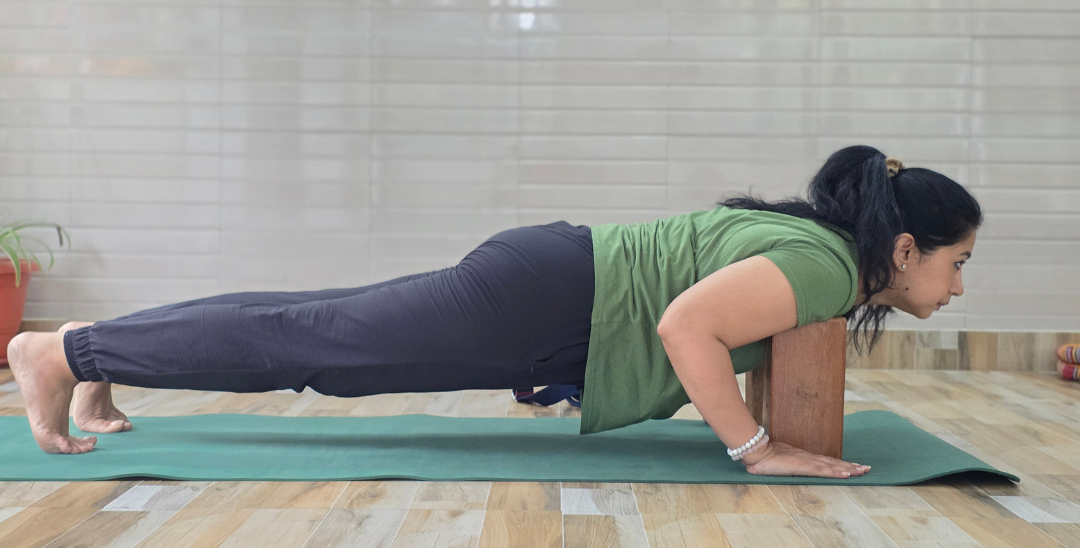
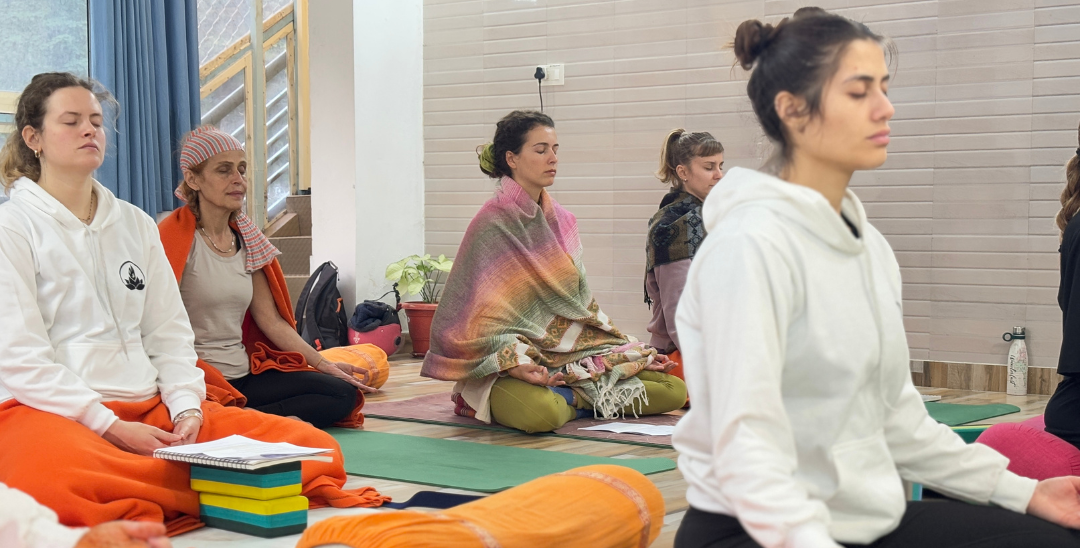
200-Hour Yoga Teacher Training in Rishikesh (Hatha , Ashtanga, Yin & Ayurveda with Healing Session)
Course Duration: 23 Days.
Rishikesh, nestled in the foothills of the majestic Himalayas along the sacred Ganga River, is known as the Yoga Capital of the World. It’s not just a destination — it’s a vibration, a calling, and a spiritual sanctuary for seekers from across the globe. At Ishavasyam Yoga School, we offer a 200 Hour Yoga Teacher Training Course (TTC) that is more than just certification; it is a life-changing journey toward self-realization, inner strength, and authentic teaching skills.
Our program is Yoga Alliance Certified (RYT 200), meaning that upon graduation, you can teach yoga anywhere in the world. Whether your goal is to become a professional yoga teacher or to deepen your personal practice, our multi-style yoga teacher training in Rishikesh will provide you with the perfect balance of ancient wisdom, modern methodology, and immersive experience.
Unleash your inner guru through our immersive 200-hour Yoga Teacher Training (YTT) program, meticulously crafted to:
Please Read Carefully.
- * Check-In on 2nd between 11AM - 4PM.
- * Orientation & Opening Ceremony on 2nd.
- * Combo Course classes and hours are included within the 23-day complete course time.
- * All classes will start on the 3rd at their given time.
- * All Classes will end on the 23rd.
- * Exam (Written & Practical) on 23rd + Graduation.
- * Farewell & Checkout on 24th by 11:00 AM.
- *Twin-sharing accommodation is subject to availability. If full, a private room or dormitory will be the only option.
- * Please read all the School Policies carefully.
- * 100% attendance in all courses is mandatory; uninformed and irrelevant absences will be considered for cancellation of certification.
- ** Pickup or Drop service is only included with Twin Sharing & Private Accommodation participants.
What Is Ayurveda?
Ayurveda, often called the “Science of Life,” is an ancient healing system from India that offers a complete approach to health, wellbeing, and harmony. Rooted in the same Vedic tradition as yoga, Ayurveda teaches us that true wellness comes from balancing the body, mind, and spirit — and living in harmony with nature.
During your 200 hour yoga teacher training in Rishikesh, you’ll also be introduced to Ayurvedic principles as part of your holistic education. Ayurveda understands that every individual is unique, with their own constitution or Prakriti — a combination of three doshas (Vata, Pitta, Kapha) that shape our physical and mental tendencies. Through personalized diet, daily routines, herbal remedies, and mindful living, Ayurveda helps restore balance when we feel out of alignment.
Ayurveda teaches us that true health is not merely the absence of disease but a state of complete harmony between body, mind, and spirit. In our 10-day Ayurveda module, included in your 200-hour Yoga Teacher Training Course, you will learn how to recognize the subtle signs of imbalance before they manifest into illness, and how to restore harmony through natural, time-tested methods. This is not theory alone — you will experience these practices daily, from herbal teas that support your constitution to mindful eating techniques that aid digestion and energy flow.
Our 200 hour yoga teacher training course in Rishikesh blends these timeless Ayurvedic insights with the depth of traditional yoga practice. You’ll learn how yoga postures, breathing practices, and meditation work alongside Ayurvedic diet and lifestyle choices to prevent illness, increase energy, and promote inner peace.
This union of yoga and Ayurveda is what makes our 200 hour yoga teacher training course in India truly holistic. You don’t just learn postures or philosophy — you learn how to live in alignment with your body’s natural rhythms, the environment, and the deeper essence of life itself.
Come and discover the art of living in balance — only at Ishavasyam Yoga School.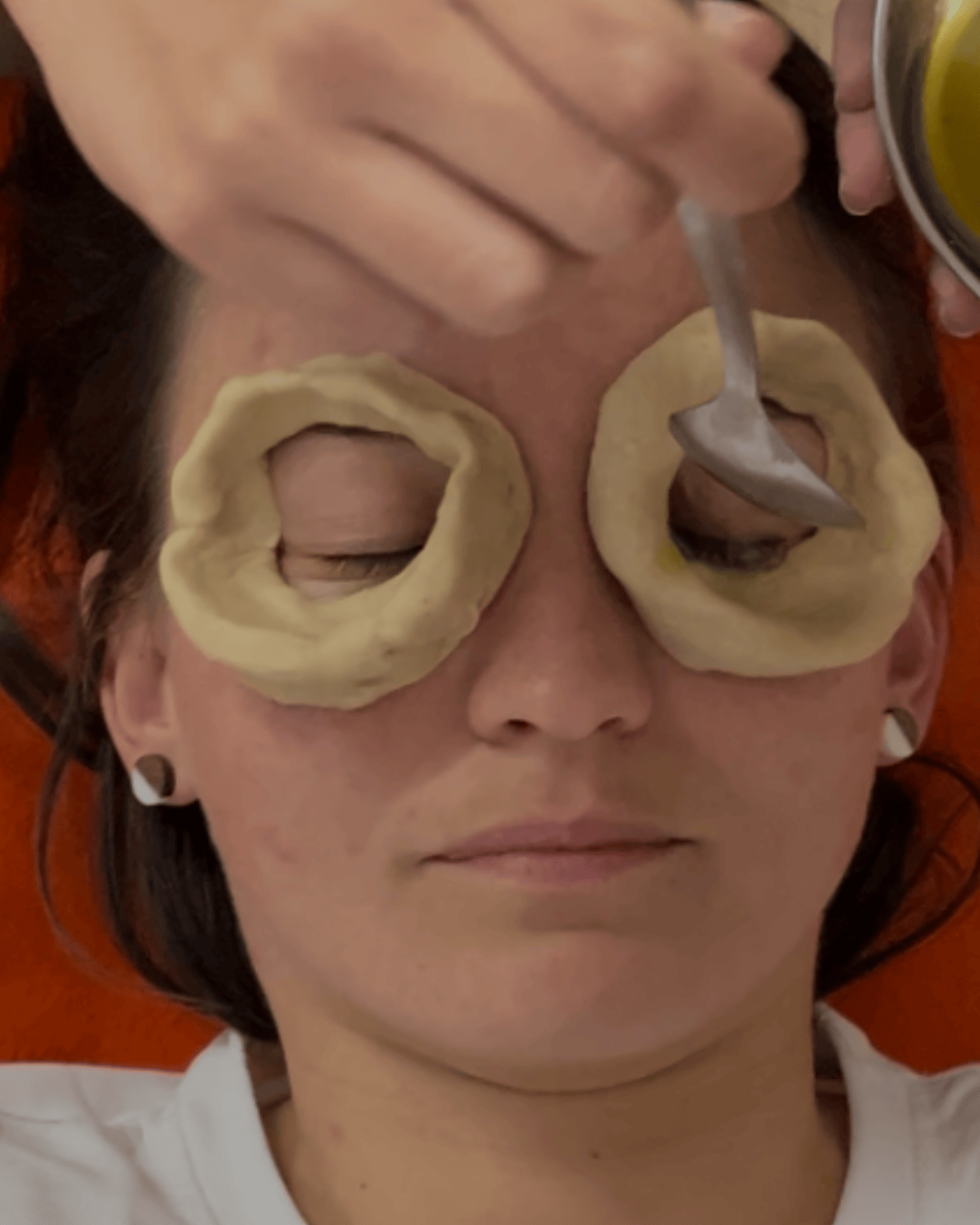
Our Reviews

COURSE CURRICULUM | 200 HOUR YOGA TEACHER TRAINING :
Hatha & Yin Asana
Hatha Asana The practice of Haṭha āsanas is not merely physical exercise but a tool to harmonise the body (śarīra), breath (prāṇa), and mind (manas). It purifies the body, strengthens the nervous system, opens the energy channels (nāḍīs), and prepares the practitioner for deeper practices like prāṇāyāma and meditation.
-
Syllabus:
- Surya Namaskar
- Pawanmuktasana series 1
- Pawanmuktasana series 2
- Chandra Namaskar (Moon salutation)
- Tadasana (palm tree pose)
- Triyak tadasana (swaying palm tree pose)
- Trikonasana (triangle pose)
- Parivirtatrikon asana – revolving triangle pose
- Virabhadrasana 1 -warrior 1
- Virabhadrasana 2 -warrior 2
- Virabhadrasana 3 -warrior 3
- Ardha Chandrasana- Half moon pose
- Vrikshasana – tree pose
- Parvatasana – mountain pose
- Adho mukha svanasana – downward facing dog
- Kati chakrasana – waist rotating pose
- Trikonasana (triangle pose)
- Parivirtatrikon asana – revolving triangle pose
- Garudasana – eagle pose
- Baddha Konasana- bound angle pose
- Rajkapoot asana – pigeon pose
- Urdhva mukha svanasana –upward facing dog
- Matsyasana
- Setu Bandhasana
- Ustrasana
- Dhanurasana
- Salabhasana
- Supta Virasana- reclining hero pose
- Virasana –hero pose
- Vajrasana –thunderbolt
- Gomukhasana
- Balasana
- Dandasana
- Ardha Matsyendrasana
- Hanumanasana (Full split)
- Santulan Asana (Balancing pose)
- Veerbhadra asana 3 (Warrior pose -3)
- Phalakasana (Plank pose)
- Anjaneya asana (Low/Deep lunge)
Ashtanga Vinyasa
Ashtanga Vinyasa is a dynamic system of yoga that combines asana (posture) , pranayama (breath control) , and vinyasa (breath-synchronized movement) in a structured and flowing sequence. Rooted in the ancient teachings of Patanjali’s Ashtanga (eight-limbed) Yoga , this style was codified and popularized in the modern era by Sri T. Krishnamacharya and his student Sri K. Pattabhi Jois in Mysore, India.
-
Syllabus:
- Surya Namaskar (Alignment, Drishti, Adjustment, Options)
- Surya Namaskar A
- Chandra Namaskar (Moon Salutation)
- Surya Namaskar B
- Padangusthasana
- Padahasthasana
- Utthita Trikonasana
- Parivrtta Trikonasana
- Utthita Parsvakonasana
- Parivrtta Parsvakonasana
- Prasarita Padottanasana A, B, C, D
- Parsvottanasana
- Eka Pada Padangusthasana A, B, C, D
- Ardha Baddha Padmottanasana
- Utkatasana
- Virabhadrasana A & B
- Dandasana
- Paschimottanasana A, B, C, D
- Purvattanasana
- Ardha Baddha Padma Uttanasana
- Triang Mukhaikapada Paschimottanasana
- Janu Sirsasana A, B, C
- Marichyasana A, B, C, D
- Navasana
- Bhujapidasana
- Kurmasana
- Supta Kurmasana
- Garbha Pindasana
- Kukkutasana
- Baddha Konasana A & B
- Konasana
- Upavishta Konasana
- Supta Konasana
- Supta Padangusthasana A & B
- Ubhaya Padangusthasana
- Urdhva Mukha Paschimottanasana
- Setu Bandhasana
- Urdhva Dhanurasana
- Salamba Sarvangasana
- Halasana
- Karnapidasana
- Urdhva Pindasana
- Urdhva Padmasana
- Sirsasana
- Urdhva Dandasana
- Baddha Padmasana
- Yogimudra
- Uplutih
- Savasana
Pranayama & Meditation
Pranayama Derived from the words prana (vital life force) and ayama (extension or control), Pranayama refers to the conscious regulation and expansion of the vital energy through disciplined breath control. Meditation is the state of meditative absorption, where the mind becomes still, the senses withdraw inward, and the practitioner experiences deeper states of awareness, inner peace, and union with the Self (Ātman or Puruṣa).-
Syllabus:
Pranayama
- Definition of Pranayama
- Four Aspects of Pranayama.
- Asana for the Pranayama
- Sectional Breathings
- Need of Breath.
- Natural Breathing.
- Chandra Bhedi Pranayama (Moon piercing breath)
- Surya Bhedi Pranayama (Sun piercing breath)
- Nadi Shodhana Pranayama (Alternate nostril breath).
- Ujjayi Pranayama (Ocean breath).
- Sheetali & Sheetkari Pranayama (Cooling breath).
- Bhastrika.
- Shatkarmas.(Cleansings)
- Tri Doshas.
- Purpose of life & its dimensions.
- Introduction of Meditation.
- Origin & history of Meditation.
- Breath awareness Meditation.
- AUM chanting Meditation.
- Trataka Meditation.
- Dynamic Meditation.
- Moola Bandha - Anal Lock.
- Uddiyana Bandha - Abdomen Lock.
- Jalandhara Bandha - Chin Lock.
- Maha Bandha - Practice of all three Bandhas at the same time.
Yoga Philosophy & Life Management
Yoga Philosophy offers a deep understanding of the ancient yogic texts, principles, and ethics, helping students connect the practice on the mat with a meaningful, conscious lifestyle off the mat.-
Syllabus:
The Great Yogis
- Anandamayi Ma.
- Mata Bhagwati Devi.
- Swami Vivekanada.
- Paramahansa Yogananda.
- Three Gunas.
- Cause & types of pain.
- The monkey mind.
- Sanatana Dharma.
- Vedas
- The Four Goals of Life.
- Four Stages of Life.
- The Vedic System of Duties.
- Law of Karma.
- Puranas.
- The Six Systems of Indian Philosophy.
- Jnana Yoga
- Bhakti Yoga
- Karma Yoga
- Mantra Yoga.
- Hatha Yoga.
- Raja Yoga.
- Purpose of life & its dimensions.
- Importance of Self-Evaluation.
- Duties & Commitment of Self, Family and Society.
- Adjustment with Self &Environment.
- Positive way of thinking.
- Tools & techniques for Positive thinking.
- Karma & Karma Phal Sidhanta.
- Behavioural Skill.
Applied Yoga Anatomy & Bio Mechanics
Applied Yoga Anatomy & Biomechanics is the conscious integration of ancient yogic wisdom with modern anatomical science and movement mechanics. It empowers practitioners and teachers to understand the body’s structure, movement patterns, and energy flow in relation to yogic practices.-
Syllabus:
- Functional anatomy of the skeletal, muscular, and nervous systems in yoga
- Biomechanical principles behind alignment, balance, and movement
- Joint range of motion and stability during static and dynamic postures
- Postural assessment and intelligent modifications for all body types.
- Yoga therapy insights to address physical imbalances and discomfort
Ayurveda & Life-Style
Derived from the Sanskrit words ayu (life) and veda (knowledge or science), Āyurveda means “the science of life.” It is an ancient holistic system of health and healing that emphasizes harmony between body, mind, spirit, and environment. Ayurveda offers personalized guidance on diet (āhāra), daily routines (dinacharyā), seasonal practices (ṛtucharyā), and natural therapies to maintain or restore balance.-
Syllabus:
- History of Ayurveda.
- Branches of Ayurveda.
- Pillars of Ayurveda.
- Ayurveda & Health.
- Tri-Doshas & Body Types.
- Tastes & Diet.
200 Hours Yoga Teacher Training Course
Daily Schedule

| Time | Class |
|---|---|
| 05:15 AM - 06:15 AM | Pranyama & Meditation Practice (shatkarma) |
| 06:15 AM - 07:45 AM | Asana Class (Hatha Yoga / Yin Yoga) |
| 07:45 AM - 08:30 AM | Breakfast |
| 08:30 AM - 09:30 AM | Applied Yoga Anatomy & Bio Mechanics |
| 10:00 AM - 11:30 AM | Swadhyaya |
| 11:30 AM - 1:30 PM | Lunch |
| 01:45 PM - 02:45 PM | Ayurveda (from 14th) |
| 02:45 PM - 03:45 PM | Swadhyaya |
| 02:45 PM - 03:45 PM | GD - Teaching Methodology (From 14th) |
| 03:45 PM - 4:15 PM | Tea Break |
| 04:15 PM - 05:30 PM | Yog Philosophy |
| 05:45 PM - 07:15 PM | Ashtanga Vinyasa / Adjustment & Alignment (Wed. & Sat.) |
| 07:15 PM - 8:00 PM | Dinner |
| 10:00 PM | Lights Off |
*This is a tentative schedule for yoga teacher training course, and can be changed.
Course Fee : 200 HOUR YOGA TEACHER TRAINING
| Payment Details (30% OFF!)
|
|||
| Accom. Type | Total Fees | PayPal Booking ($200) | |
|---|---|---|---|
| Only Course | $599 | ||
| 4 Sharing Dormitory |
|
||
| 2 Sharing (Same Gender) |
|
||
| Private Accomm. |
|
||
Your Checklist
Included!
| 23 Days & 22 Nights Accommodation |
|---|
| Yoga material |
| Excursion |
| Daily, 3 times, yogic food and tea |
| Pick-up or drop-off (DED airport) (except for those who book the dorm room) |
Not Included
| Air-conditioner / Room Heater (On Additional Charges) |
|---|
| Visa fee/Air fare/Taxi pick-up from Delhi, Haridwar |
Packing
| Carry a valid Identification Card. |
|---|
| Carry your toiletries. Also You can Buy From Here with the nearby Shops. |
| Carry personal towels and hygiene items, metal water bottle. |
| Carry a hand towel, an universal adapter for charging the devices. |
Packing
| Carry your own yoga mat if possible. The school also provides yoga mats for sharing. |
|---|
| Carry a raincoat or umbrella. |
| Bring comfortable clothes for yoga classes. Avoid Leggings and other tights or synthetic materials. |
| Bring one pair of white clothes for the ceremony. |
| Sandals or flip-flops. |
| Also bring some clothes which cover the body, in case you want to visit the temples. |
| Carry a hand towel, an universal adapter for charging the devices. |

Namaste and we look forward to guiding you on your yoga journey at
Ishavasyam Yoga School.
Contact Us!
Register Now
FAQs - 200 Hours Yoga Teacher Training Course
Ishavasyam Yoga School focuses on the quality of education, to maintain it the maximum strength of a batch is between 10-12 Students / batch.
The closest airport to school is Jolly Grant Airport - Dehradun.
Yes there will be an written and practical exam at the end.
Absolutely! We encourage you to explore additional subjects by attending our demo class and seamlessly integrating them into your current course.
School provide the study material upon the arrival. If you want you can bring your yoga mat but not necessary.
Sure you can shift the date of joining in any upcoming course dates within upcoming 12 months from the booking month. (Note: You can only change the dates twice)
Yes, if you are unable to join the course within a year, you will need to register again and pay the booking amount.
Yes, you are welcome to stay longer after the course! Please let us know in advance, and we can assist with the necessary arrangements.
Yes, accommodation is typically shared with the same gender, except in the common dorm or if you are opting for a room specifically for couples or friends.
Photo Gallery
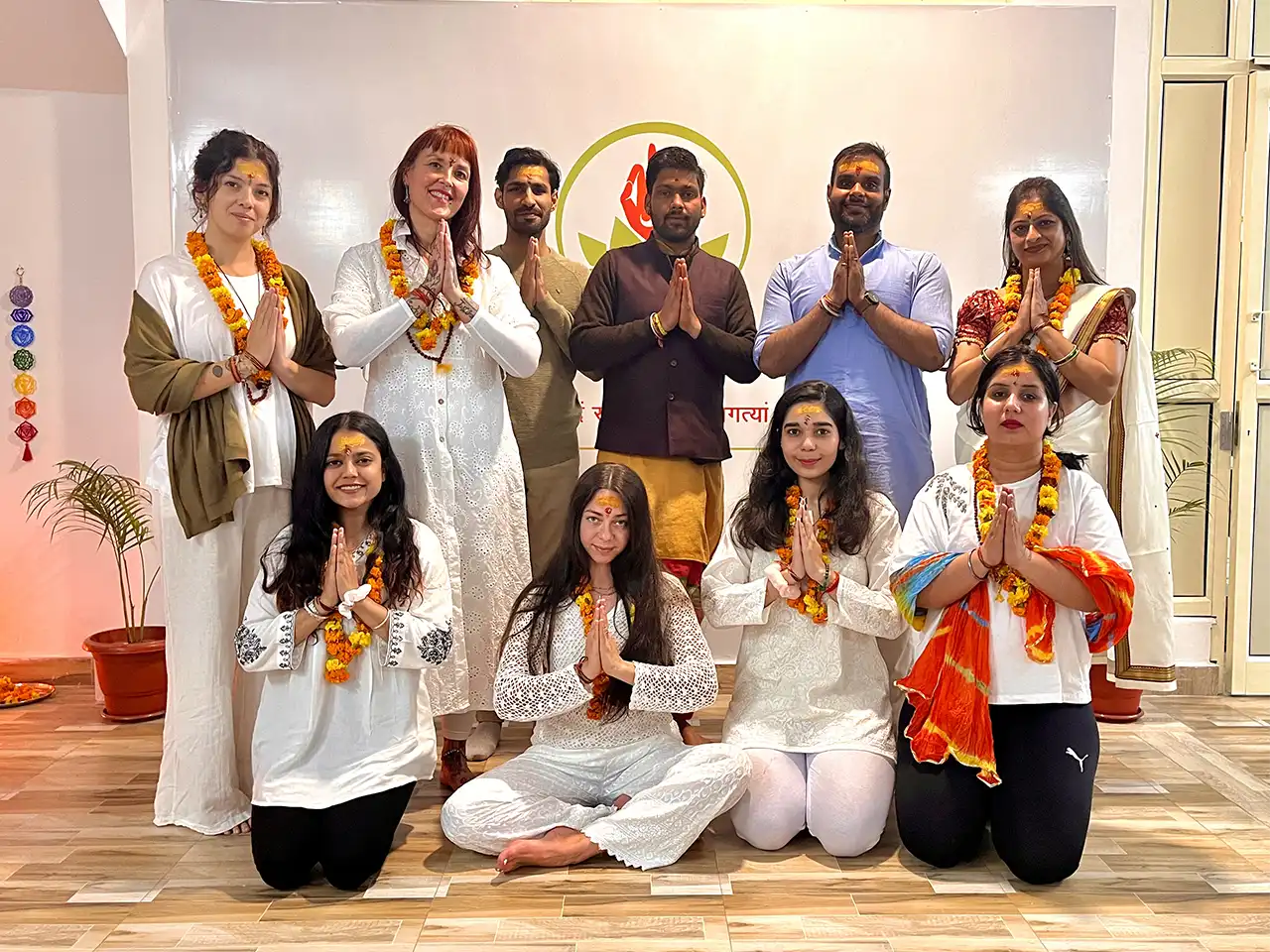
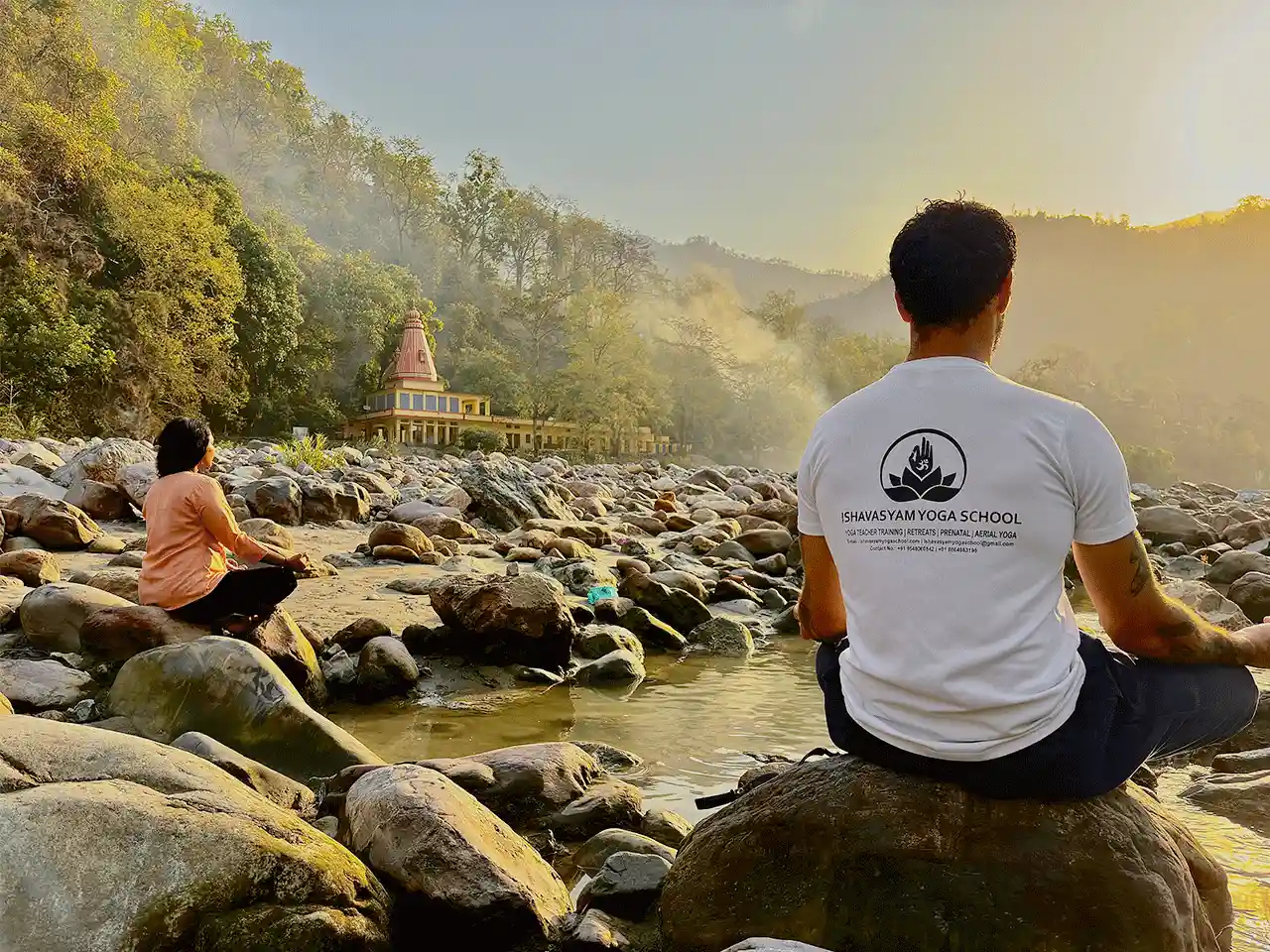
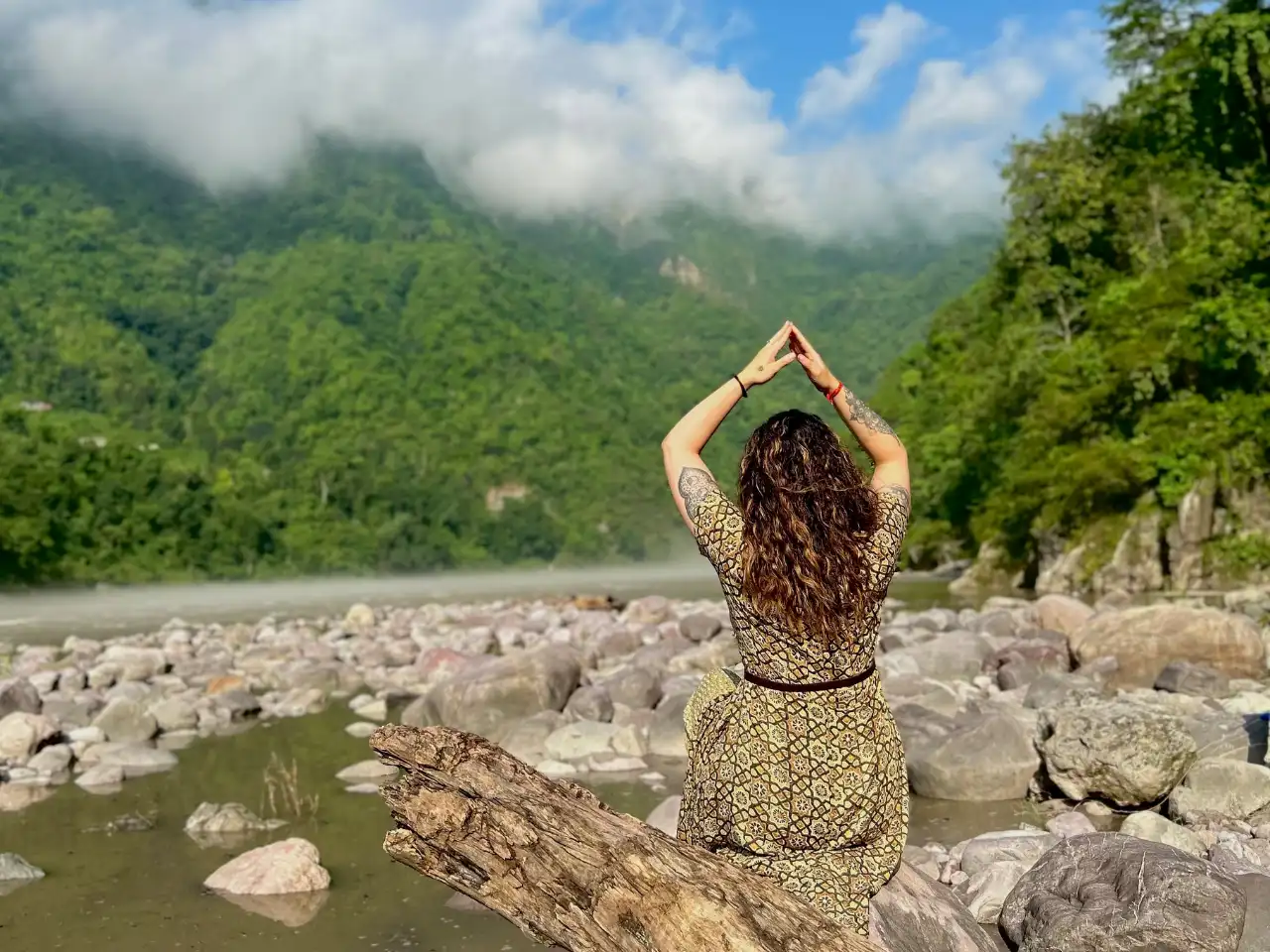

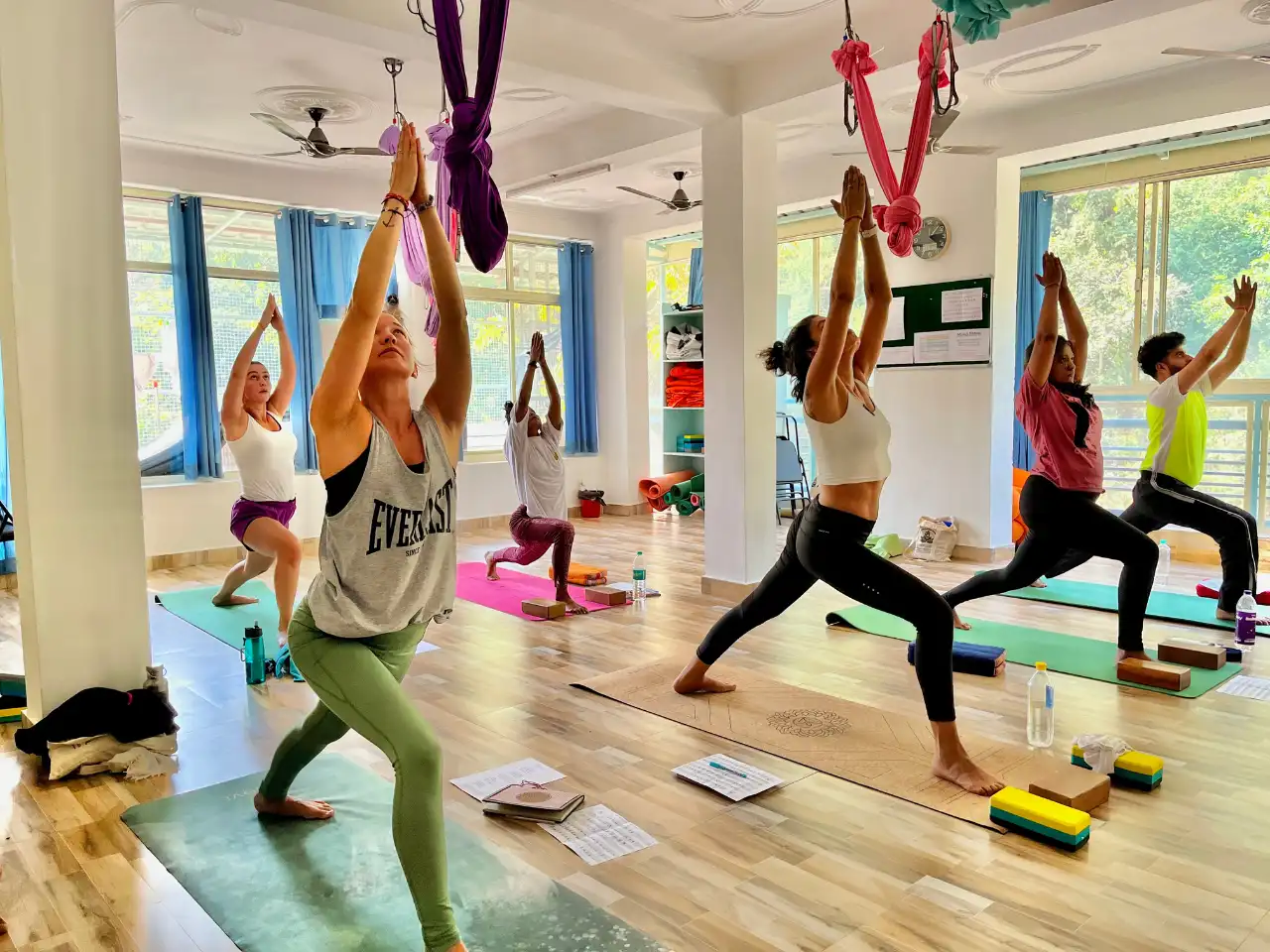
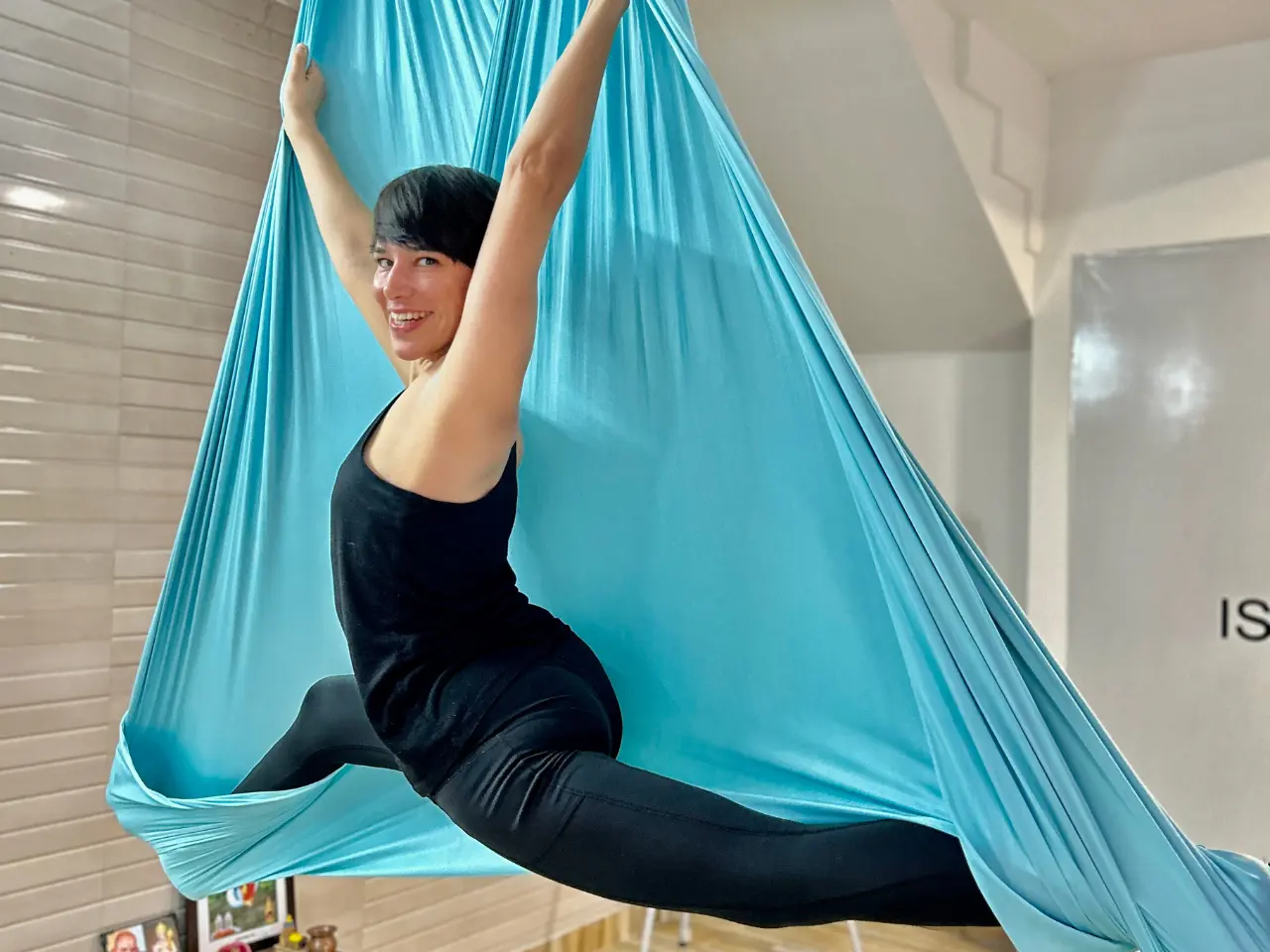
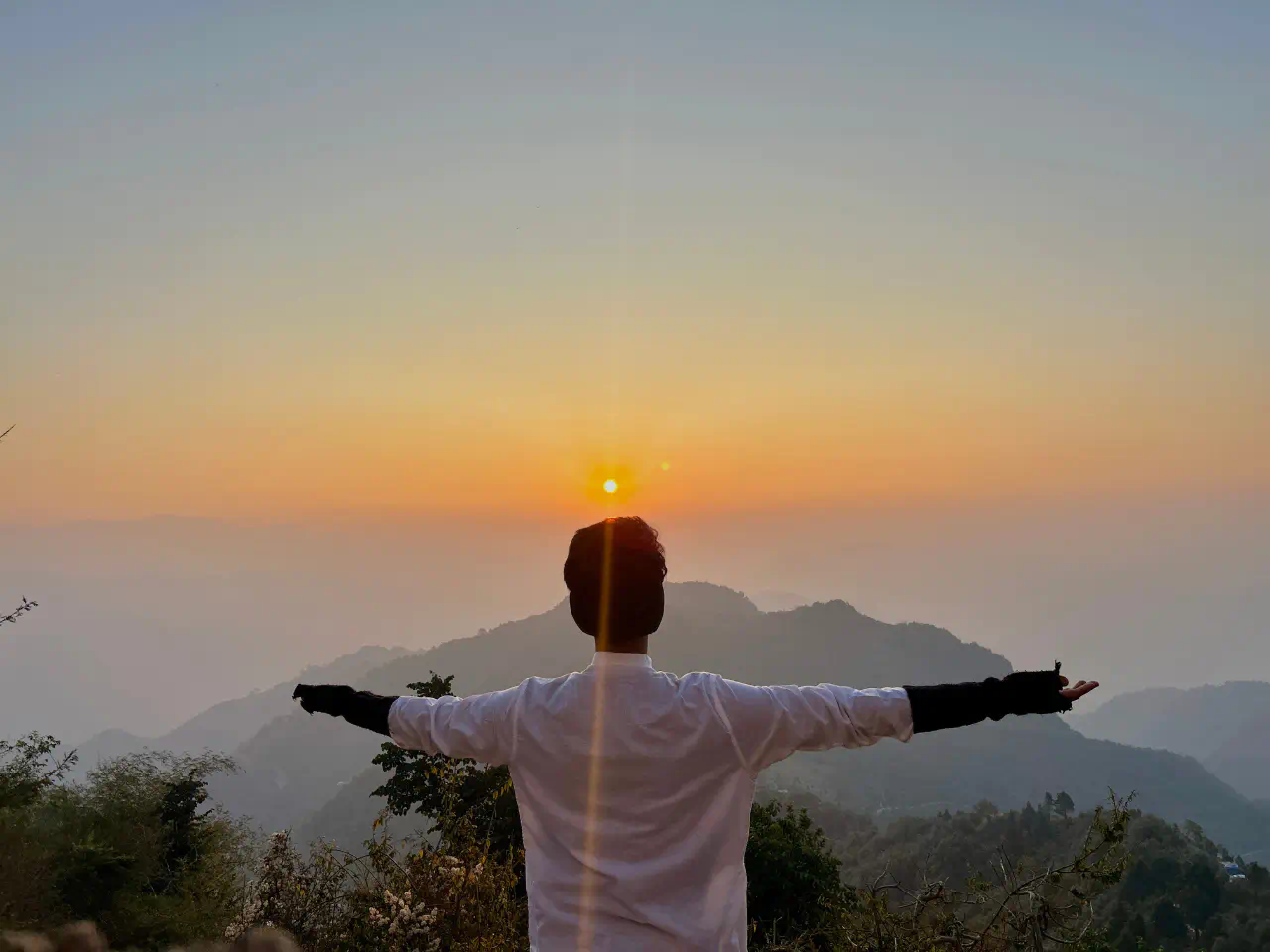
Accommodation Gallery
